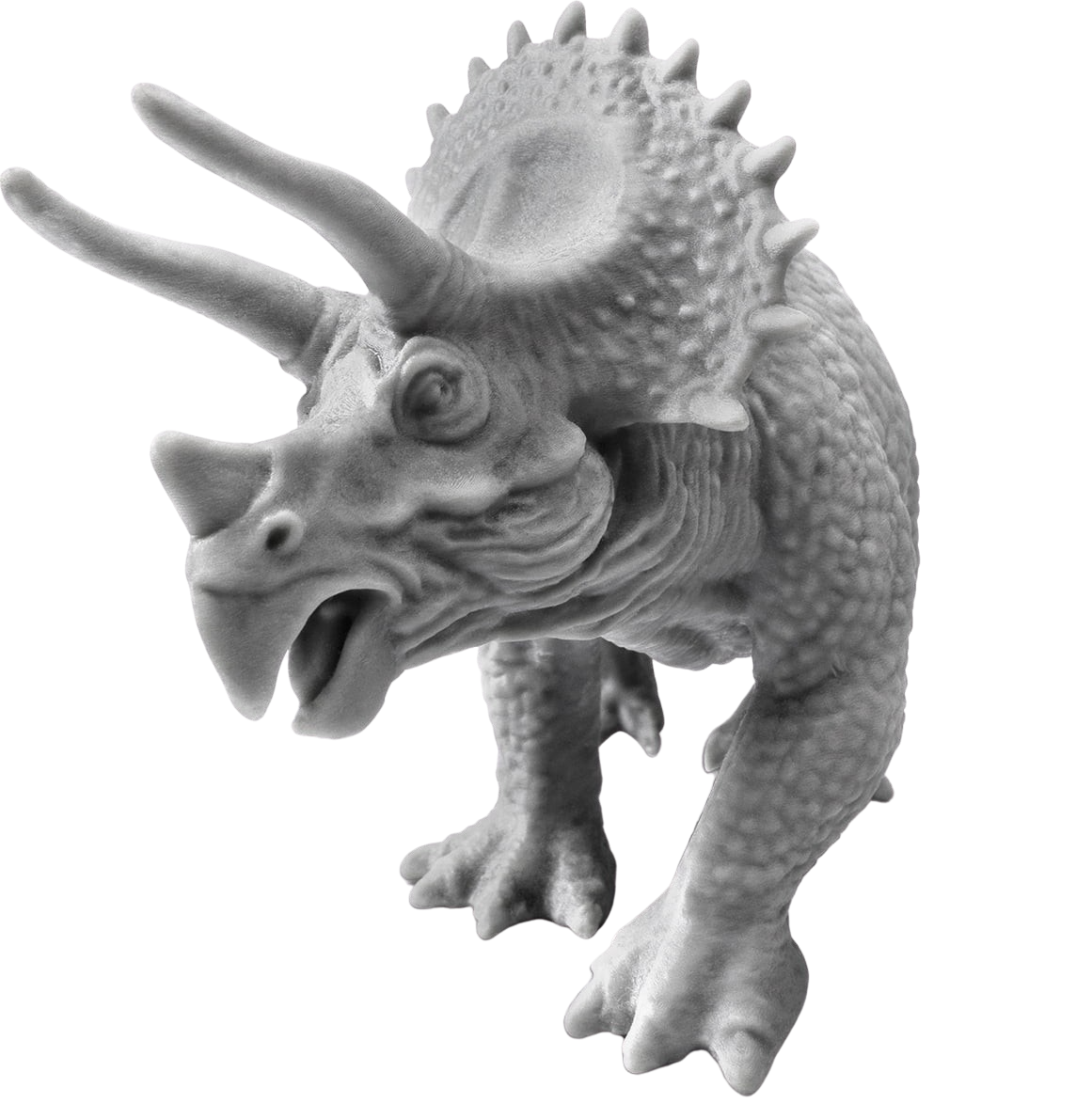
| Requirement | Specification |
|---|---|
| Maximum build size | 192 x 120 x 200 mm |
| Standard lead time | 3 – 5 business days |
| Dimensional accuracy | ± 0.5% with a lower limit of ± 0.15 mm (± 0.006″) |
| Layer height | 25-100 um |
Stereolithography (SLA or SL; also known as stereolithography apparatus, optical fabrication, photo-solidification, or resin printing) is a sort of 3D printing technology used for layer-by-layer creation of models, prototypes, patterns, and production parts utilizing photochemical processes in which light causes chemical monomers and oligomers to cross-link to form polymers. Those polymers then make up the body of a three-dimensional solid. Stereolithography can be used to build prototypes for new items, medical models, and computer hardware, among many other things. While stereolithography is quick and can make practically any design, it is also costly.
SLA 3D Printing material

SLA 3D printing offers several key benefits:
We offer a range of high-quality resins for SLA 3D printing, including:
For more information, visit HIGH DETAIL RESIN page.
SLA 3D printing is distinct from other technologies like FDM (Fused Deposition Modeling), due to its ability to produce highly detailed and smooth parts. While FDM is cost-effective and suitable for functional prototypes, SLA excels in creating fine details and smooth surfaces. SLS, on the other hand, is ideal for producing strong, durable parts with complex geometries but lacks the surface finish quality of SLA.
Our standard lead time for SLA 3D printed parts is 3-5 business days. However, this can vary depending on the project’s complexity and current order volume. For urgent requests, please contact us directly to discuss expedited options. We strive to meet your deadlines while ensuring the highest quality.
SLA 3D printing is widely used across various industries for numerous applications, including:
Yes, SLA 3D printing allows for batch printing multiple parts simultaneously, as long as they fit within the build volume. This can be particularly beneficial for small parts or when producing multiple identical items. By optimizing the layout in the build space, you can save time and reduce printing costs.
Standard SLA resin is designed for general-purpose use, offering a good balance of detail and mechanical properties. High-detail resin, on the other hand, is formulated to capture extremely fine details and produce smooth surfaces, making it ideal for applications requiring intricate designs, such as jewelry, miniatures, and detailed prototypes. The high-detail resin achieves this by having a lower viscosity and higher resolution curing capabilities, ensuring every fine feature of the design is accurately printed.
Yes, transparent parts can be created using SLA 3D printing by using clear resin. However, achieving optical clarity requires careful post-processing, including thorough washing to remove uncured resin, curing to eliminate any remaining cloudiness, and polishing to enhance transparency. Clear SLA prints are ideal for applications like lenses, light pipes, and fluid flow models where visual inspection or light transmission is essential.
Preparing a 3D model for SLA printing involves several key steps:
Choosing 3DRevolution.co.uk ensures you receive top-tier service and quality for your SLA 3D printing projects. Our advantages include:
We understand that SLA 3D printing can be new to many users, and we offer comprehensive support services to help you get started:
Yes, we offer sample prints to help you evaluate our SLA 3D printing quality before committing to a larger order. Here’s how it works:
Getting an instant quote for your SLA 3D printing project is quick and easy with 3DRevolution.co.uk:
Start here if you’d like to discuss a possible project or have a large or complex order which you’d prefer us to review
Upload your existing 3d model for an instant price and order online for FDM and SLA services